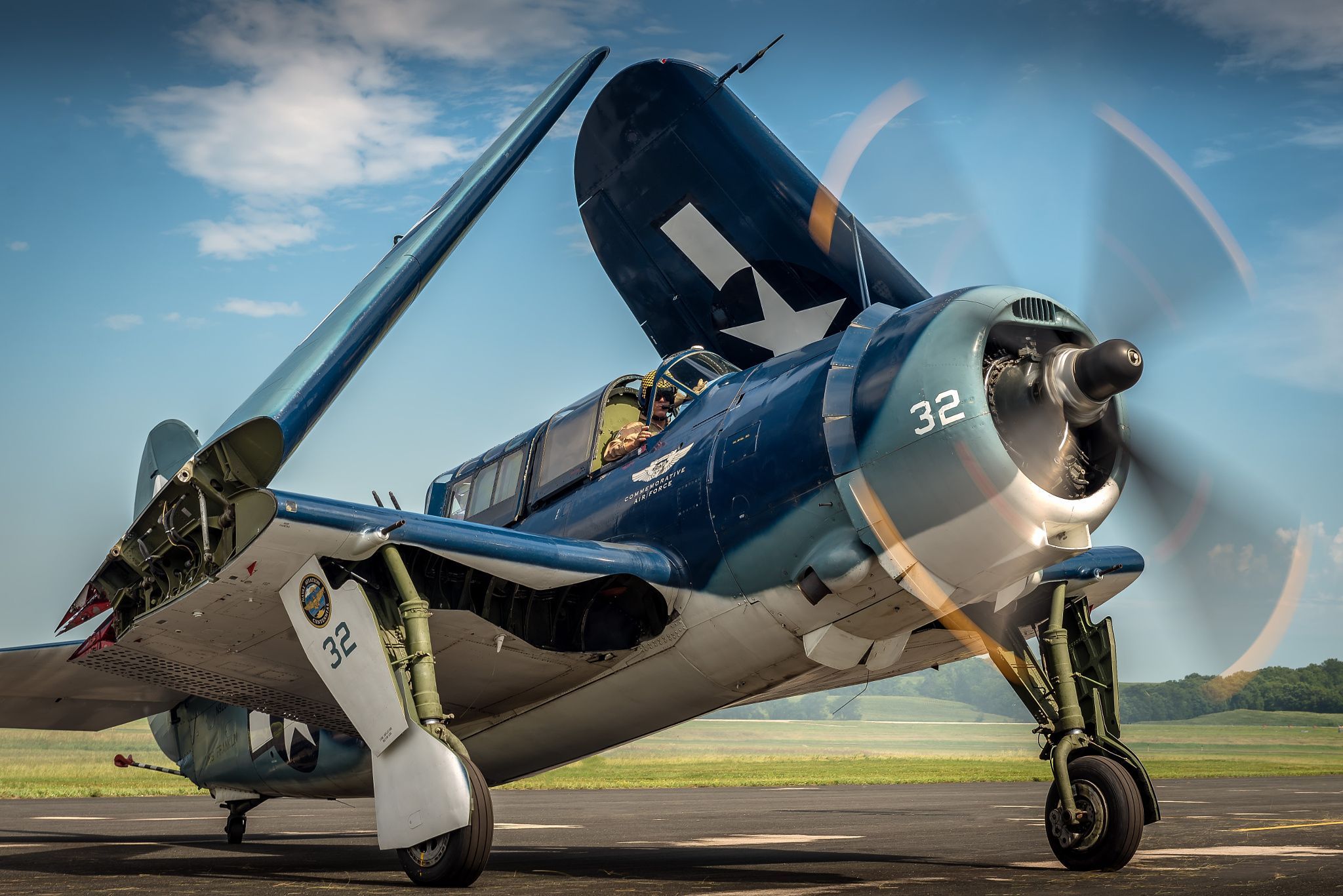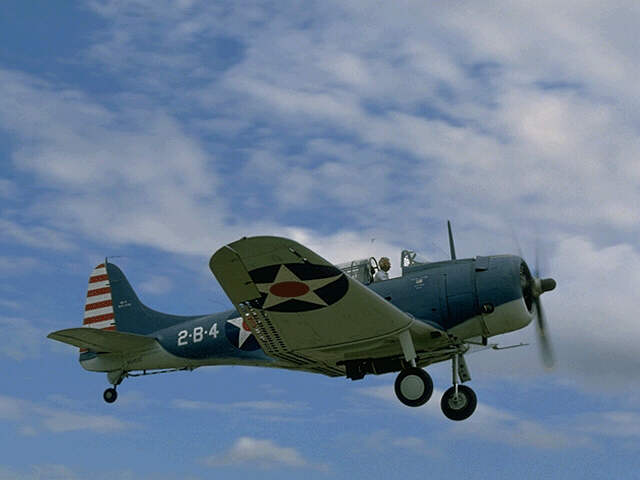

By the time production ceased in July 1944, a total of 5,936 SBD/A-24 aircraft had been manufactured. The SBD Dauntless dive bomber sunk four Japanese carriers at the Battle of Midway in June 1942. SBDs briefly saw combat flying from French aircraft carriers in Indo-China.
Sbd dauntless dive bomber free#
In addition to its service with US Navy, Marine and Army Air Force units, SBDs were also operated by Mexico, New Zealand and the free French. The Dauntless was the standard shipborne dive-bomber of the US Navy from mid-1940 until November 1943, when the first Curtiss Helldivers arrived to replace. Copy negative taken by Whites Aviation, Jan 1944. On the other side of the world, SBDs from the US carrier Ranger struck German and Vichy French positions in North Africa in support of Operation Torch. A Douglas SBD Dauntless dive bomber aircraft, flying over an unidentified location. A month later, SBDs accounted for three of the four Japanese aircraft carriers (Akagi, Kaga, and Hiryu) sunk in the Battle of Midway on 4 June 1942, considered the turning point in the Pacific theater. As the standard carrier-borne Navy dive-bomber, SBDs flew from the decks of buy primobolan the carriers Lexington, Enterprise, Yorktown, and Saratoga and first engaged the Japanese fleet in the Battle of the Coral Sea.

When fighting began in the Pacific, the Dauntless performed with distinction. The SBD-5 (A-24B) followed soon after, its principal characteristic being a further engine upgrade. Simultaneously, Army Air Corps’ interest in the design led to additional production orders, those in Army service designated A-24 and nicknamed “Banshee”. 50-inch machine guns fixed forward on the engine cowling and twin 0.30 inch machine guns manned by a second crewman for protection astern. In March 1941, the SBD-3 was introduced, featuring protective armor and a more powerful engine than its predecessors. Navy Douglas SBD-3 Dauntless dive bombers from scouting squadron VS-8 from the aircraft carrier USS Hornet (CV-8) approaching the burning Japanese heavy cruiser Mikuma to make the third set of attacks on her, during the Battle of Midway, 6 June 1942. Despite being slow and low-tech, it would change the course of the Naval Pacific war. After Northrop became a subsidiary of Douglas, the new aircraft took on a Douglas designation.įirst orders for the SBD-1 and SBD-2 were placed by the Marine Corps and the Navy respectively on 8 April 1938, both entering service near the end of 1940. Designed as a light bomber and reconnaissance aircraft, by designer Ed Heinemann who worked for Jack Northrop, the Dauntless SBD (Scout Bomber Douglas) was one of the 35 US aircraft types that engaged in the major battles of WW II. The SBD (Scout Bomber Douglas) Dauntless was derived directly from the Northrop BT-2 design of 1935. During the Battle of Midway, the Douglas SBD Dauntless dive bombers were credited with the sinking of four Japanese aircraft carriers. The SBD Dauntless dive bomber sunk four Japanese carriers at the Battle of Midway in June 1942.


 0 kommentar(er)
0 kommentar(er)
